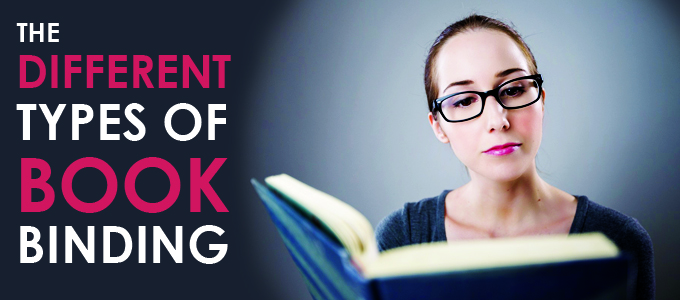Alexander’s provides book printing services for publishing houses and self-publishing authors, as well as manuals for various schools and businesses. Any type of book or booklet you want to create, we’ll print and bind for you. But what are the different types of bookbinding?
Saddle-Stitch Binding
With saddle-stitch binding, metal staples are “stitched” along the fold or spine, binding the book down the middle. During the process, the book rests on a saddle-like apparatus, hence the name “saddle-stitch”. This binding is great for books with no more than 100 pages, including training materials, pamphlets, catalogs, and magazines.
Side-Stitch Binding
If your product is too thick for a saddle-stitch, side-stitching is an alternative, cost effective option. Like with saddle-stitching, with the side-stitch, the book is bound with metal staples. Instead of stapling the product down the middle fold however, the pages are stapled on the side of the cover. This is also called a French stitch or stab stitch. Keep in mind that the book will not lie flat when opened.
Plastic Comb Binding
A good option for business reports or printed documents that require regular updates. With plastic comb binding, plastic teeth are inserted into tiny hole punches in the pages. Comb binding spines can be removed and re-attached with ease, allowing you to add and subtract pages.
Spiral Binding
Also called “coil binding”. This method uses wire or plastic in a spiral inserted through holes along the binding side. We use this for books, calendars, manuals, notebooks, recipe books and more. Spiral binding is ideal for books that require the printed paper to lie flat and need pages that turn over easily.
Wire-O Binding
Also called “wire bound”. Wire-O binding is similar to spiral binding, but employs continuous double series of wire loops that run through punched slots along the binding side of a booklet. This is a durable binding option, but it doesn’t allow for much printing space on the binding.
Perfect Binding
We do a lot of perfect binding here at Alexander’s since it is the preferred binding for paperback books, whether fiction or non-fiction. With this method, all the pages are assembled, and the spine edge is ground flat. The cover is then glued to the outside or left edges of the papers. This method can also be used for magazines and items like user manuals.
Case Binding
Commonly referred to as “hardcover”. Case binding is most often used for hard-bound bookbinding. The papers (or signatures) are sewn together, glued to a gauze strip and then glued to the endpapers, which are attached to the covers. Case binding provides a strong, high-quality finish that will last longer than many other binding options.
Questions?
To learn more about binding options for your next printed project, contact us!


